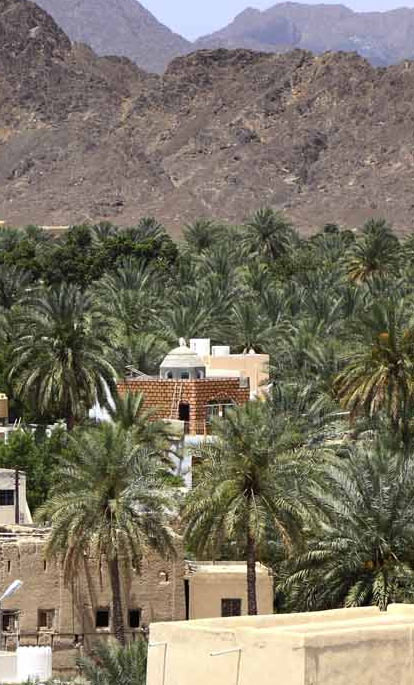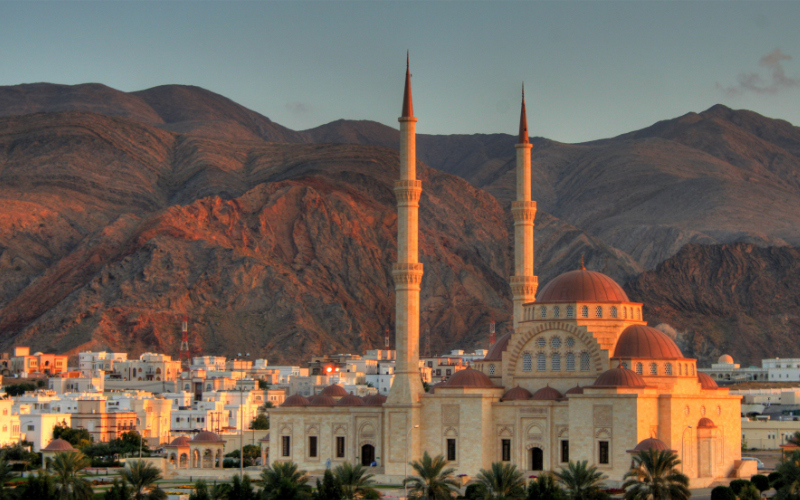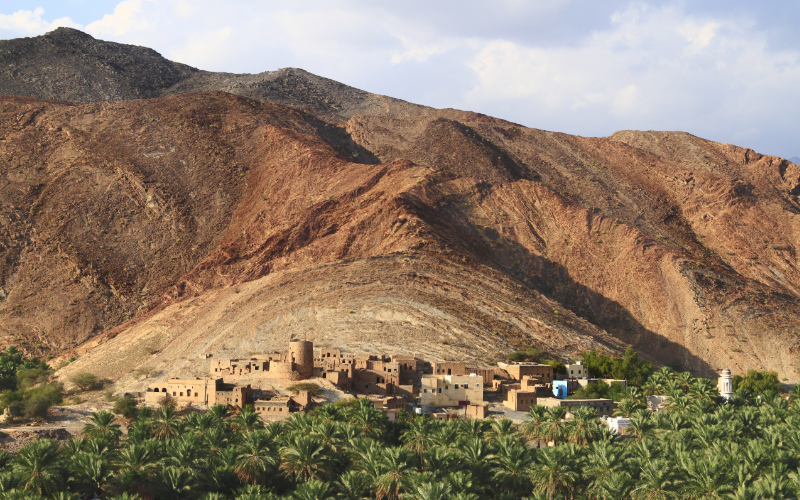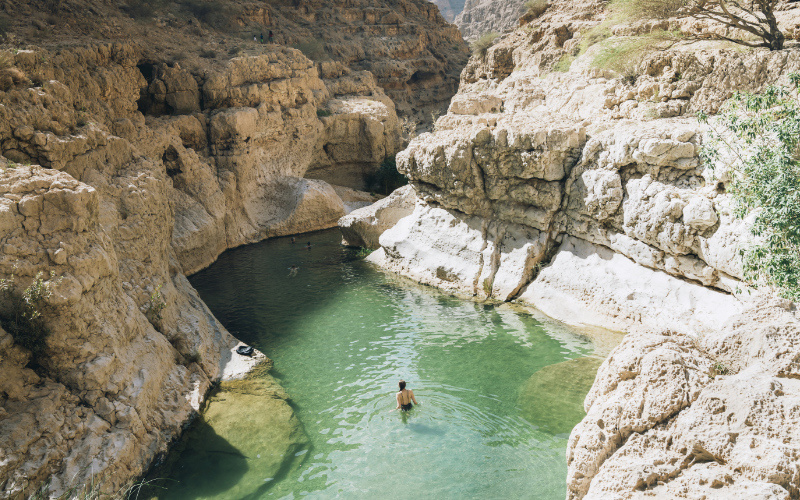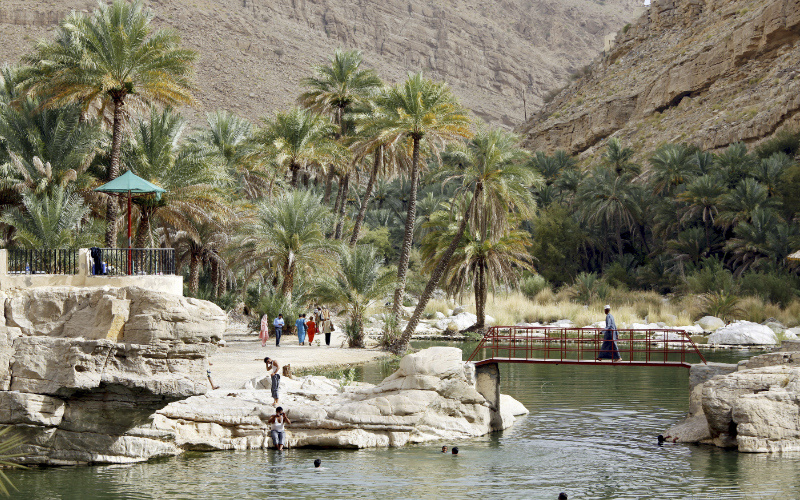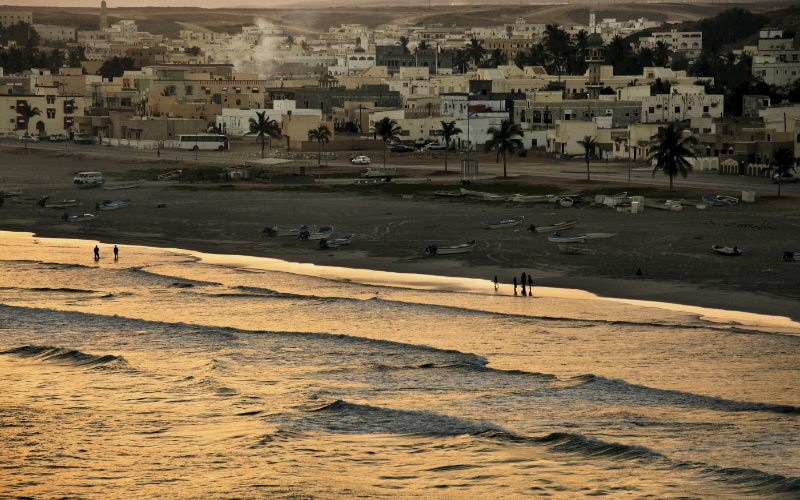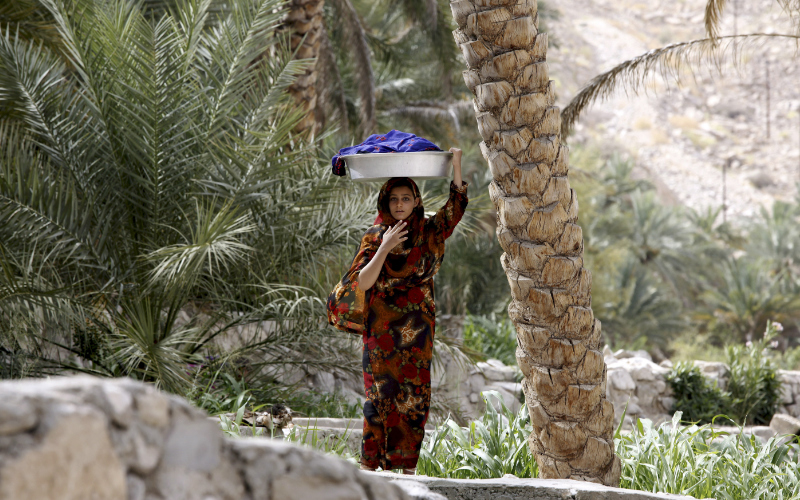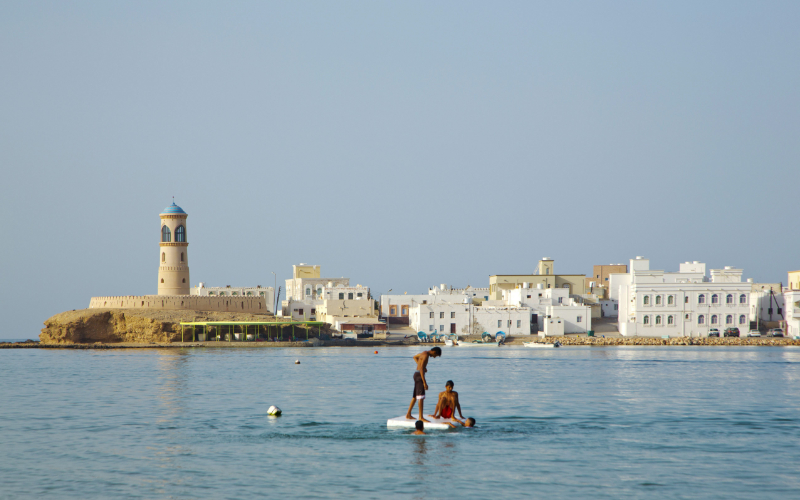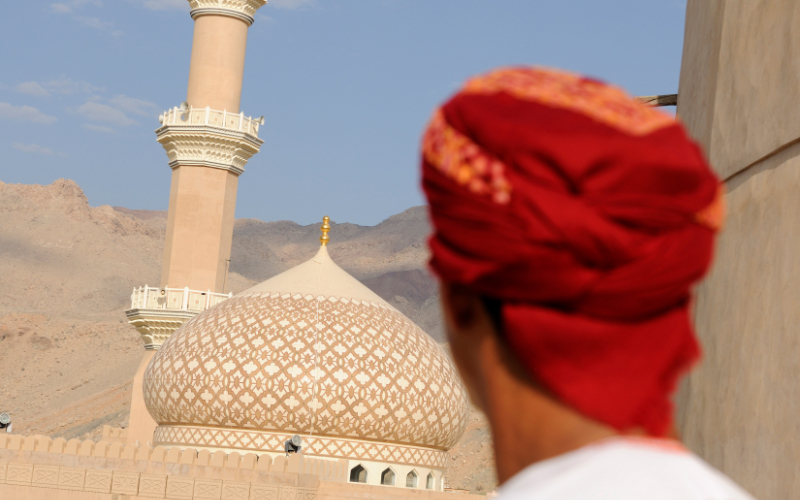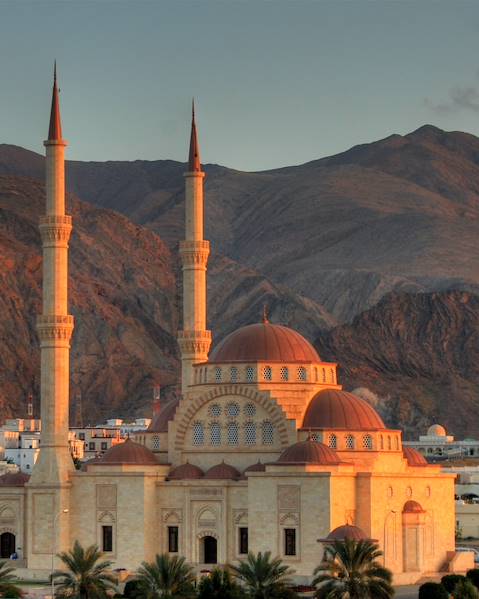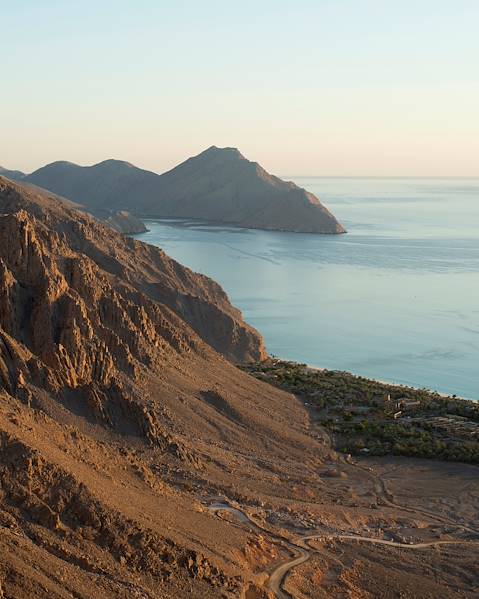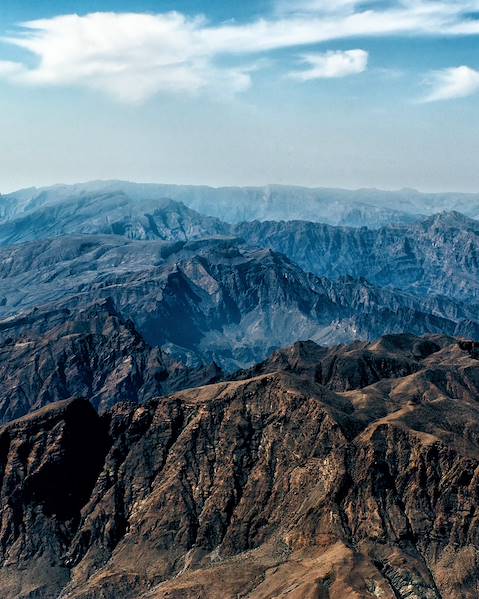Oman’s dreamy combination of mountains, desert and sea makes it a bucket list destination for many. Located in the southeast of the Middle East’s Arabian Peninsula, Oman has two distinct seasons: a long, hot, eight-month summer (March to October) and a short, mild winter (November to February). With summers characterised by extreme heat and high humidity and winters graced with pleasant temperatures and dry weather, the best time to visit Oman can seem like a no-brainer. However, the climate varies a lot throughout the country. For instance, summer is the best time to travel to Oman’s south to see its wadis and waterfalls, as the region transforms into a lush landscape thanks to the monsoon (known as khareef) between June and September. Eager to find out more of our suggestions? Read on for our month-by-month breakdown…
The Desert Plain and Empty Quarter
Oman's desert plain and Empty Quarter occupies much of the country’s centre. It has a warmer and drier climate than other regions, with temperatures averaging above 25°C. However, unlike Oman’s ‘true’ deserts, which see hot days and cold evenings, temperatures remain high all day. The heat becomes much more intense between April and October, where it's not uncommon to see temperatures exceeding 50°C. So, if you’re after ‘balmy’ conditions, the best time to visit Oman’s desert plains is between October and March.
The Mountains of Oman
Most of Oman's mountains lie in its north. There are two notable ranges: the Hajar Mountains in the north and the Dhofar Mountains in the south, towards Salalah. Both ranges are bordered by coastal plains. These regions of Oman enjoy a more temperate climate. Temperatures remain cool during the day, and at night, they can fall to 5°C. There is some humidity, with around 11.8 inches of rain on the slopes and more on the peaks (19.6 inches of rain per year). Temperatures in the mountains are cooler than the rest of the country. It’s not uncommon to see frost and even snow in the heart of the mountains during December and January. If you’re attempting to scale Jebel Shams (and crampons aren’t for you), make your summit either in March and April or September and October when highs are a comfortable 24°C and nights sit at 10°C.
The Coastal Plain
Oman's coastal and northern areas have warm and arid climates. The summer months are particularly humid, especially in the north, the country’s most inhabited regions. Muscat, its capital, is one of the hottest cities in the world. And while the monsoon season only occurs in the south, Muscat does see some showers, especially in November, December, March, and April. If you’re after a slice of scorching sun, head to Muscat in June when temperatures teeter at 40°C. But if balmy breezes are more your thing, visit Oman from March to April – especially as festival fever gets underway with Eid al-Fitr. As you move closer to the coast, the hottest months are between April and October, when the air is hot, the wind is dry, and rainfall is generally quite low. Winters are relatively mild, and unlike the south, the north enjoys regular sunshine all year round.
The Dhofar region
The climate is milder in the Dhofar region of southern Oman. There is also – distinct to Dhofar – a monsoon season from June to September, that sees an average annual rainfall of more than 29 inches. Despite the chance of downpours, it’s a popular period to travel because temperatures rarely exceed 32°C during the day. For diving enthusiasts, a trip to the Dhofar region is ideal in April or October, as visibility is at its best.










